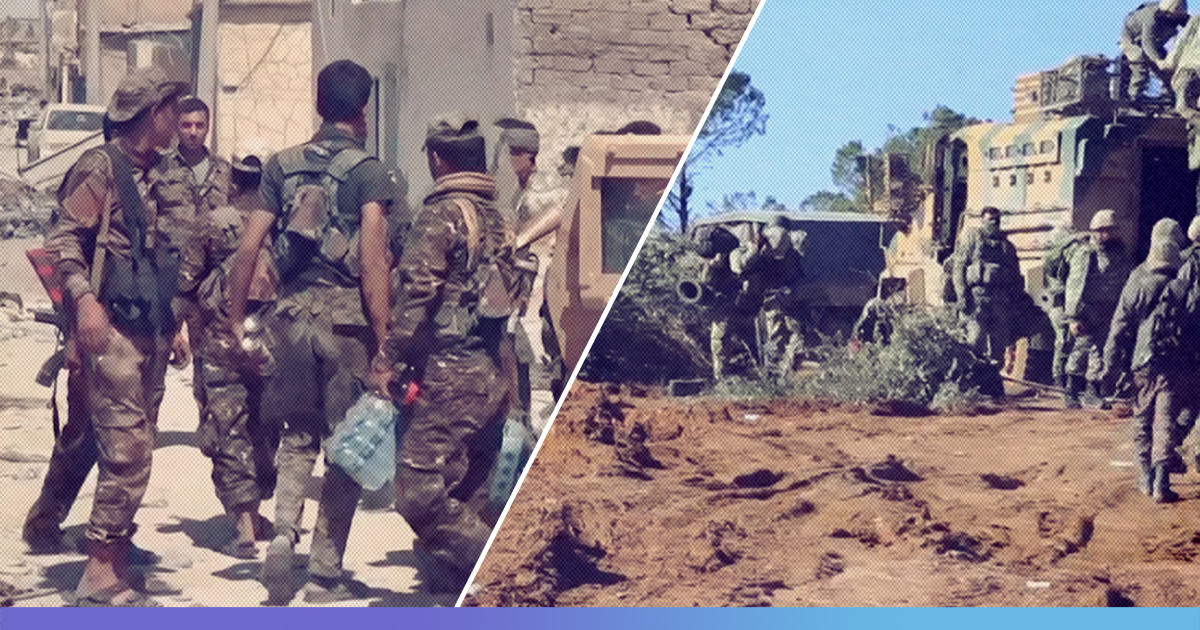The conflict in Syria took an unforeseen turn when the Donald Trump administration decided to recede the US troops from the Syrian battleground. The withdrawal of troops paved the way for the Turkish army to cavalcade in the territory with their offensives to fight the Kurdish militias.
Trump justified his decision as an effort to bring US soldiers back home. However, the president deployed 1,800 more soldiers to Saudi Arabia, and he redeployed the troops from Syria to other parts of the region.
Turkey, which is currently hosting around three million Syrian refugees struck combat against the Kurdish rebels in the Syrian region. Turkey’s President Recep Tayyip Erdogan declared that the battle is for bringing peace in the region and if any country brands its operation as an occupation, it will open doors and send three million refugees to that country.
Turkey-Kurdish Conflict
The row between Turkey and Kurdistan dates back to the battle of Ottoman. The two regions have been trying hard to claim hegemony over the Middle-Eastern region.
In 2019, the troops of Turkey launched fresh offensives into North-Eastern Syria under Operation Peace Spring which is conducted by Turkish Armed Forces(TAF) and the Syrian National Army(SNA) against the Syrian Democratic Forces(SDF) and the Syrian Army in Syria and Iraq.
The military operation began on October 9, when the Turkish Air Force launched airstrikes on border towns. Since over 130,000 people have been displaced and over 100 Syrians have died.
The aim of Turkey is to create 30 km-deep safe zones in northern Syria which remains to be in chaos. The region is declared as proposed settle zone for three million refugees living stranded in Turkey. However, this intention has been criticised vehemently as an occupation over the region to wipe off the Kurdish population. Turkey has refused the allegations saying that it only intends to “correct” the demographics that Turkish officials asserted were changed by the SDF.
The US Flip-Flop
The United States approach to the crisis is inconsistent. On one side, the US extends support to Kurdish militias to prevent the Islamic State Of Iraq and Syria(ISIS) from expanding. On the other hand, they sallow Turkish troops to enter and occupy North-Eastern Syria. The US has also faced a backlash for the withdrawal of troops, which critics say gave Turkey the green light to launch a military attack on Syria to exploit the opportunity. President Trump went on comparing Turkey attacking the Kurds to two kids in a lot. “You have to let them fight, and then you pull them apart,” said Trump.











